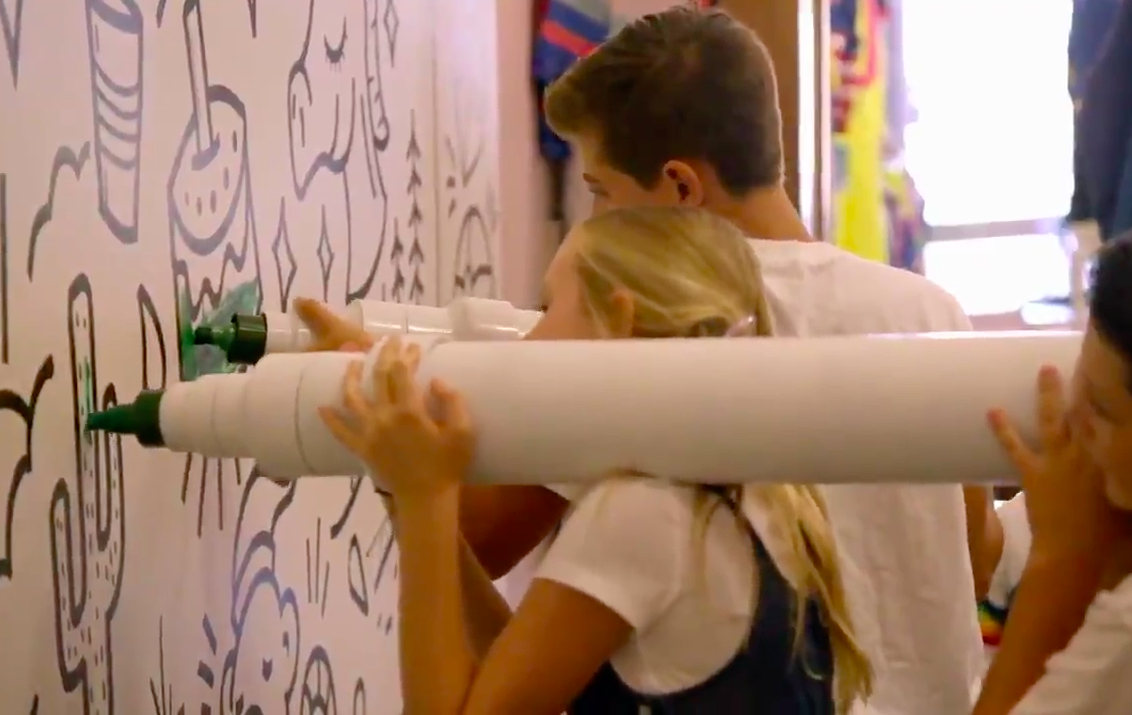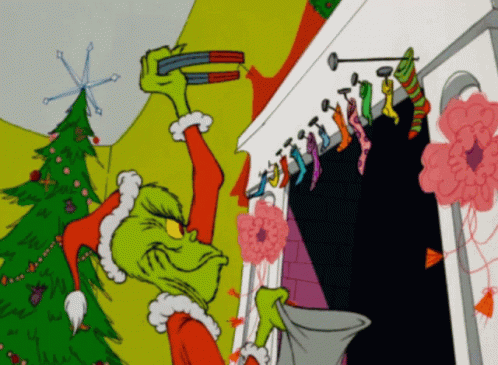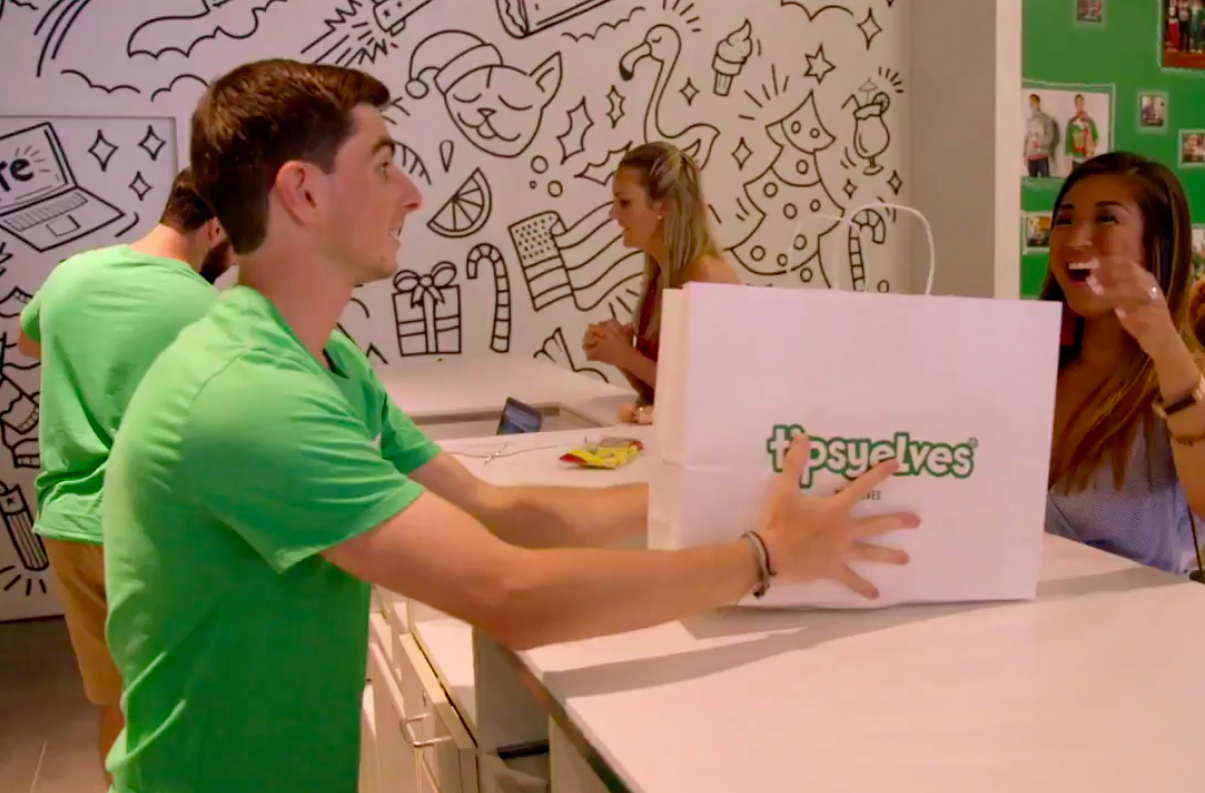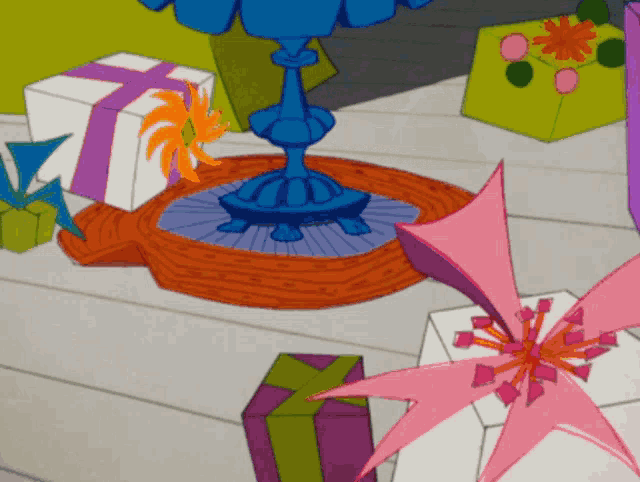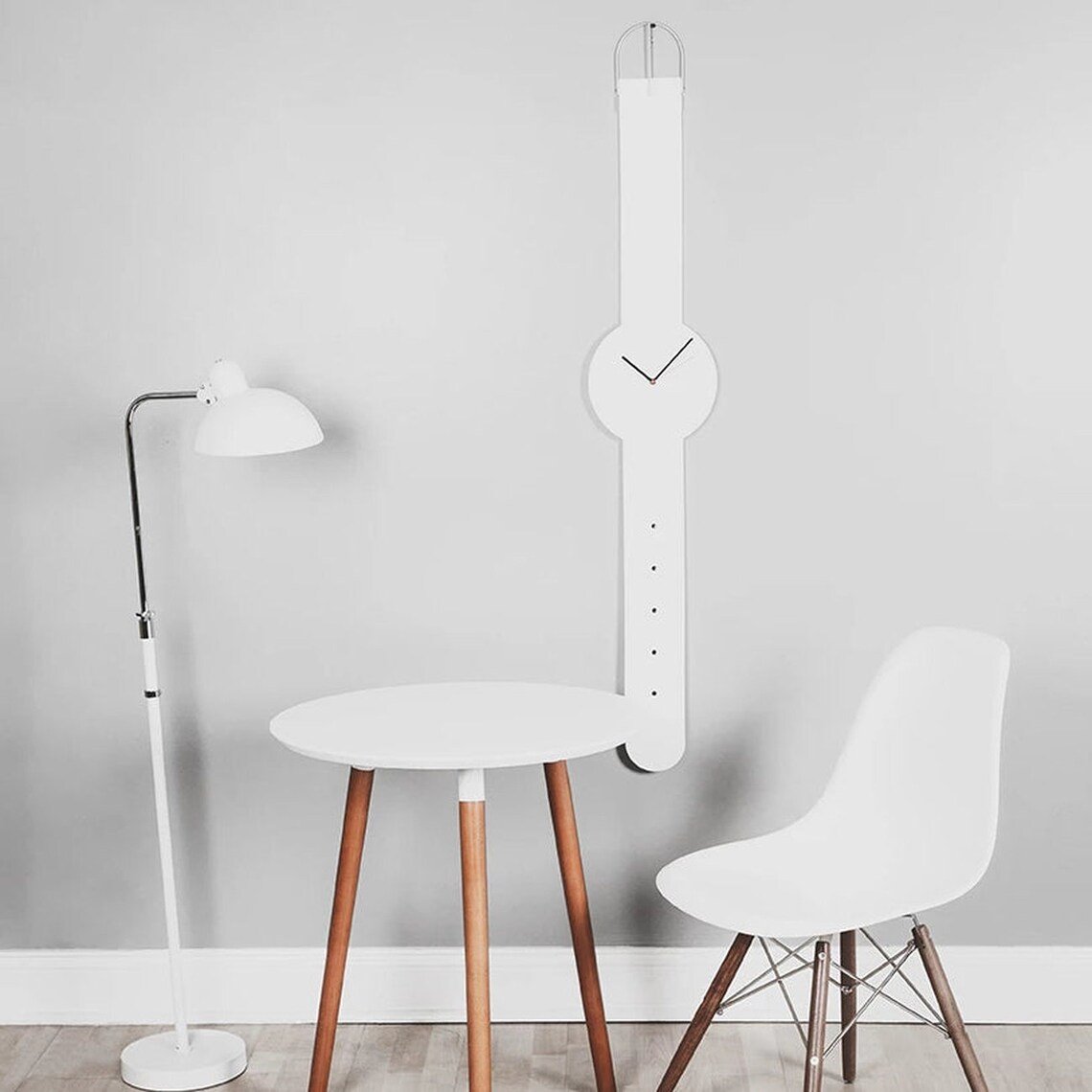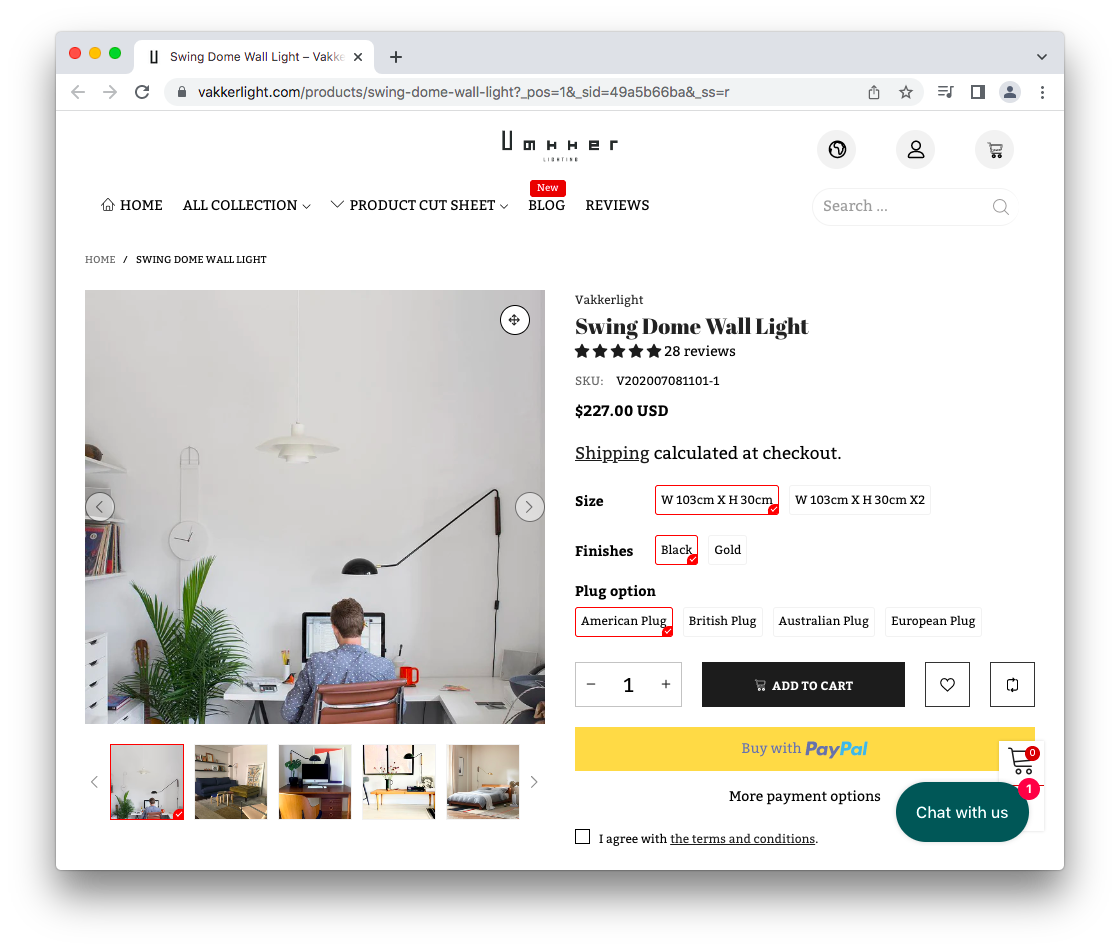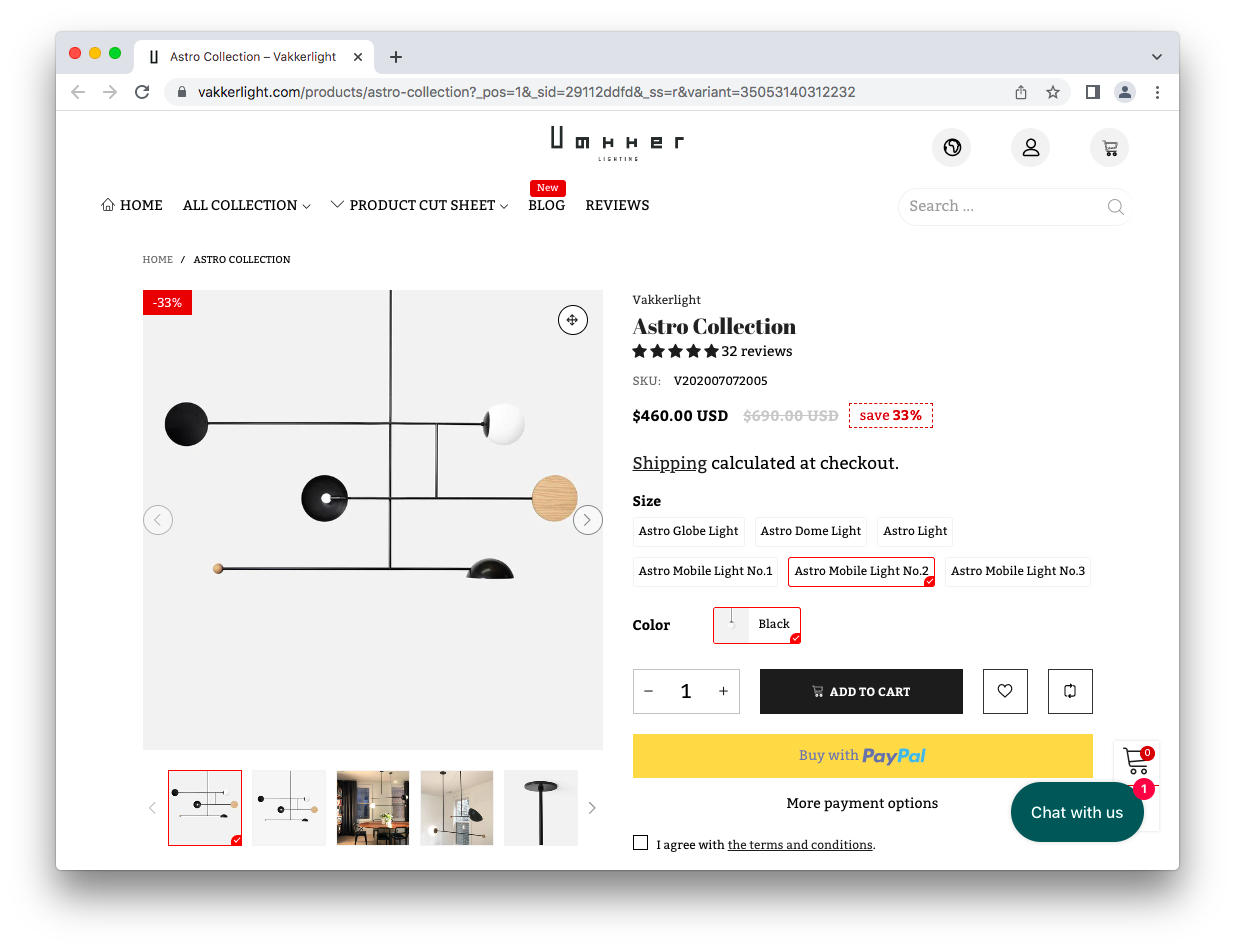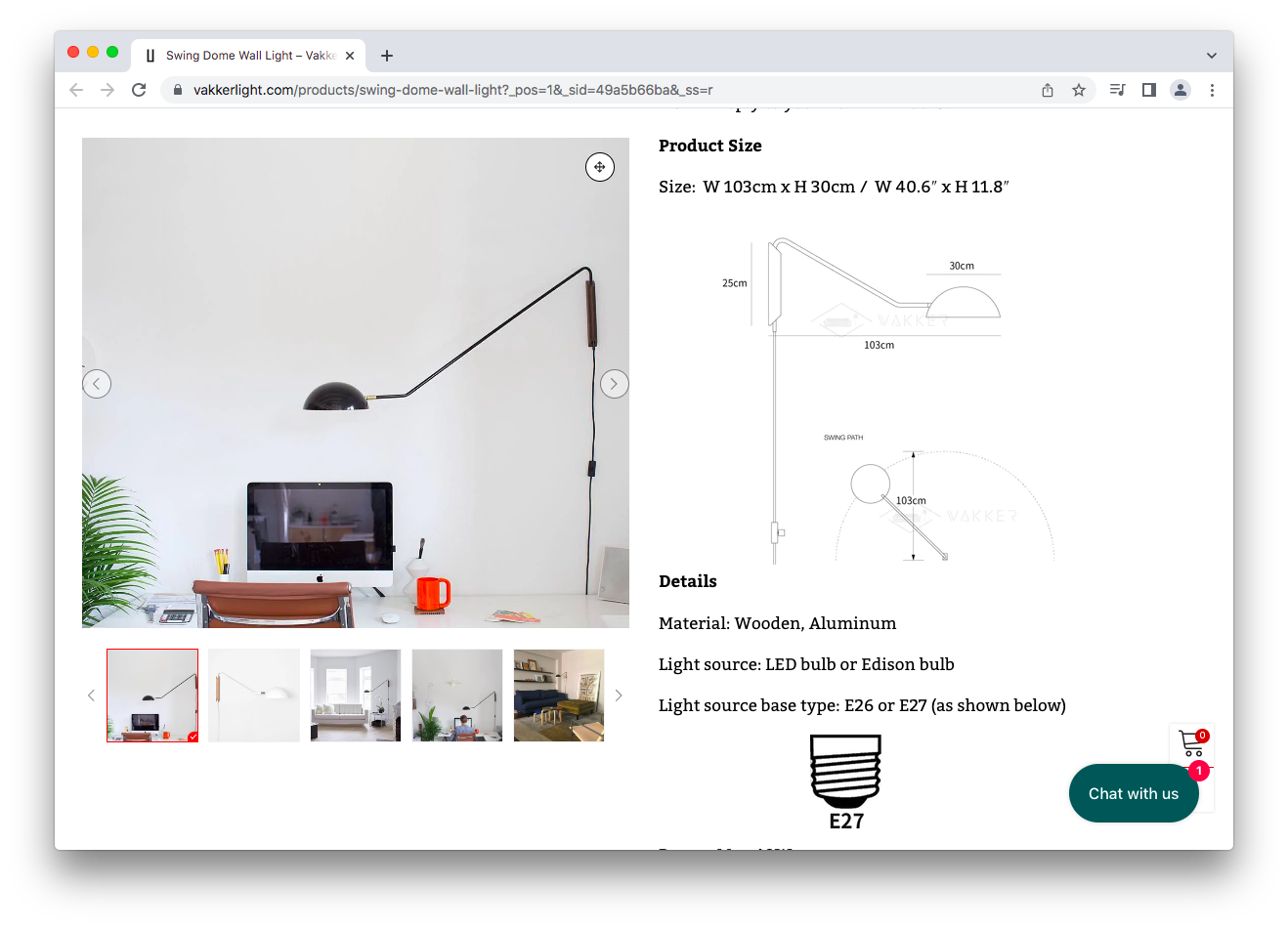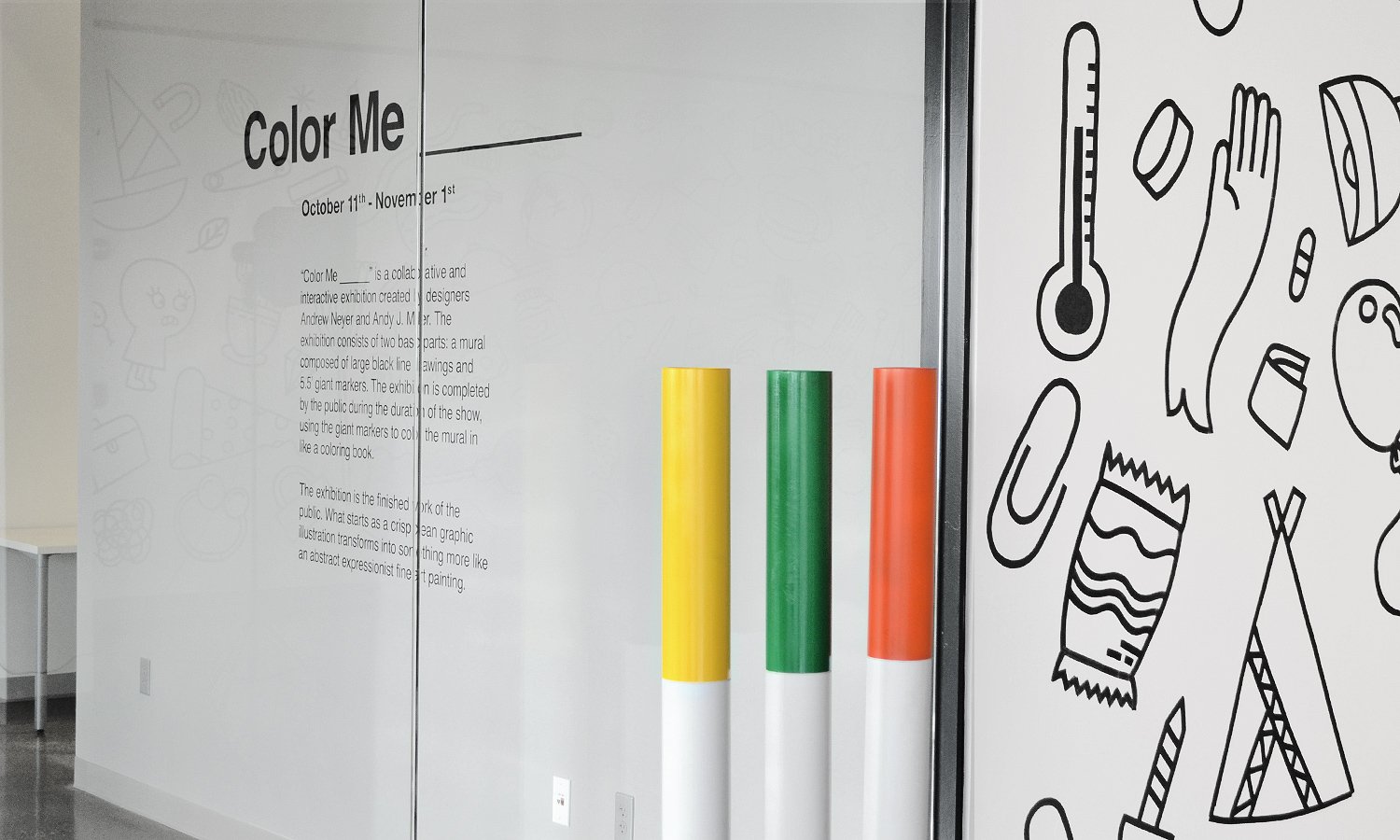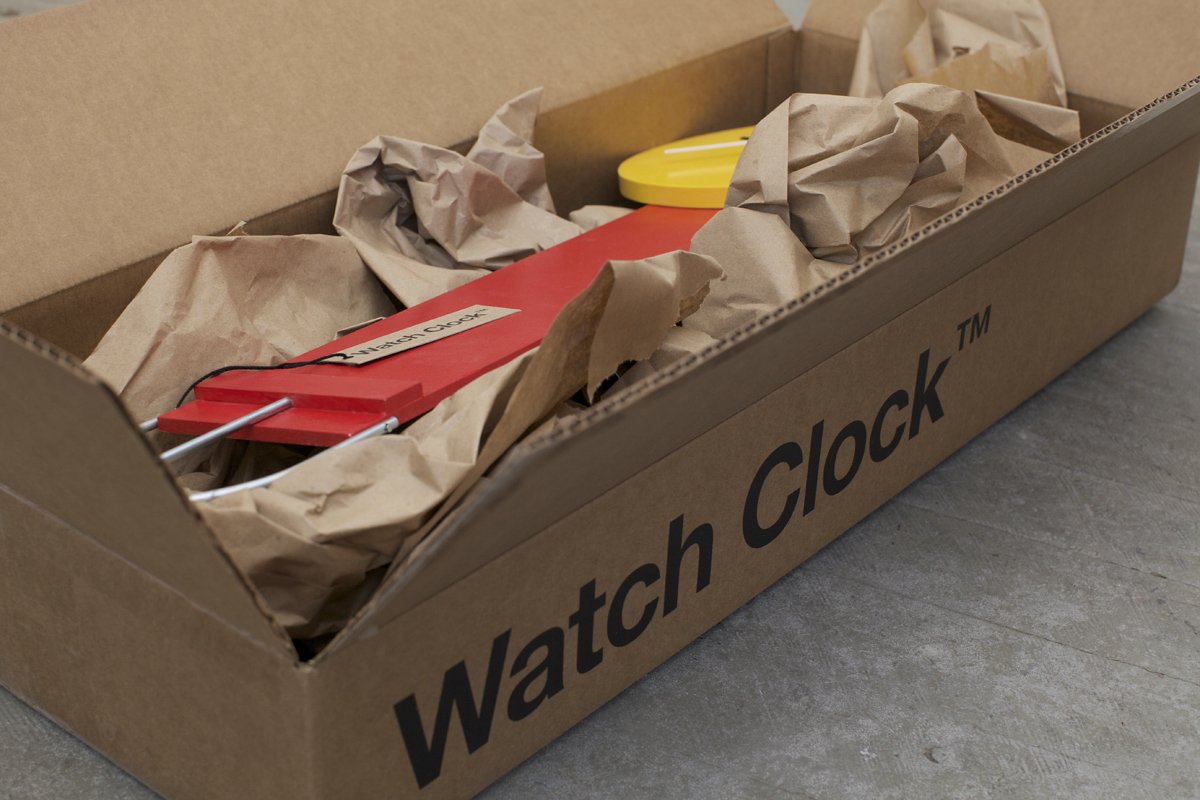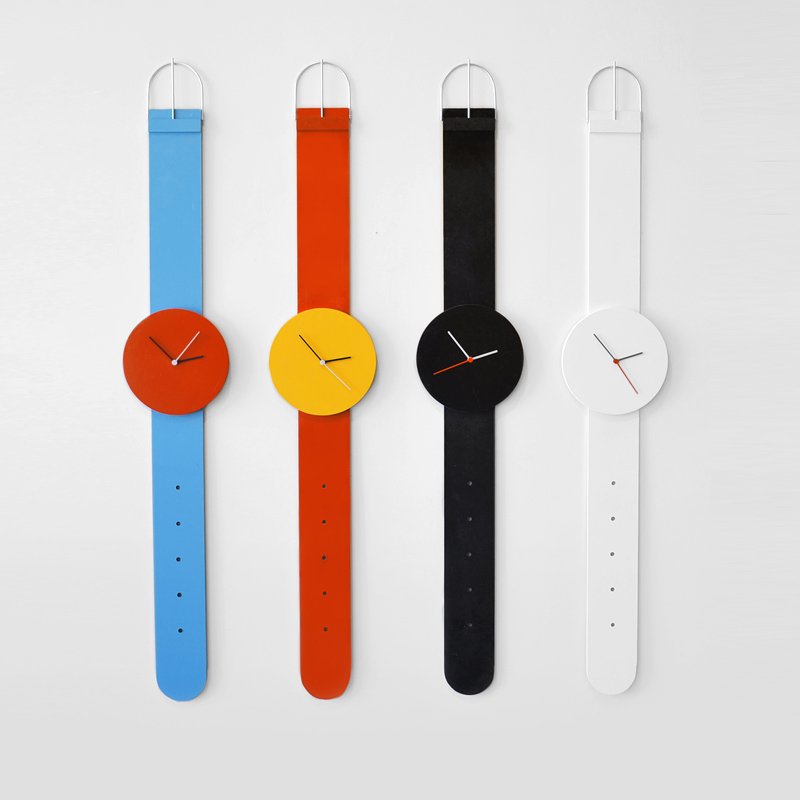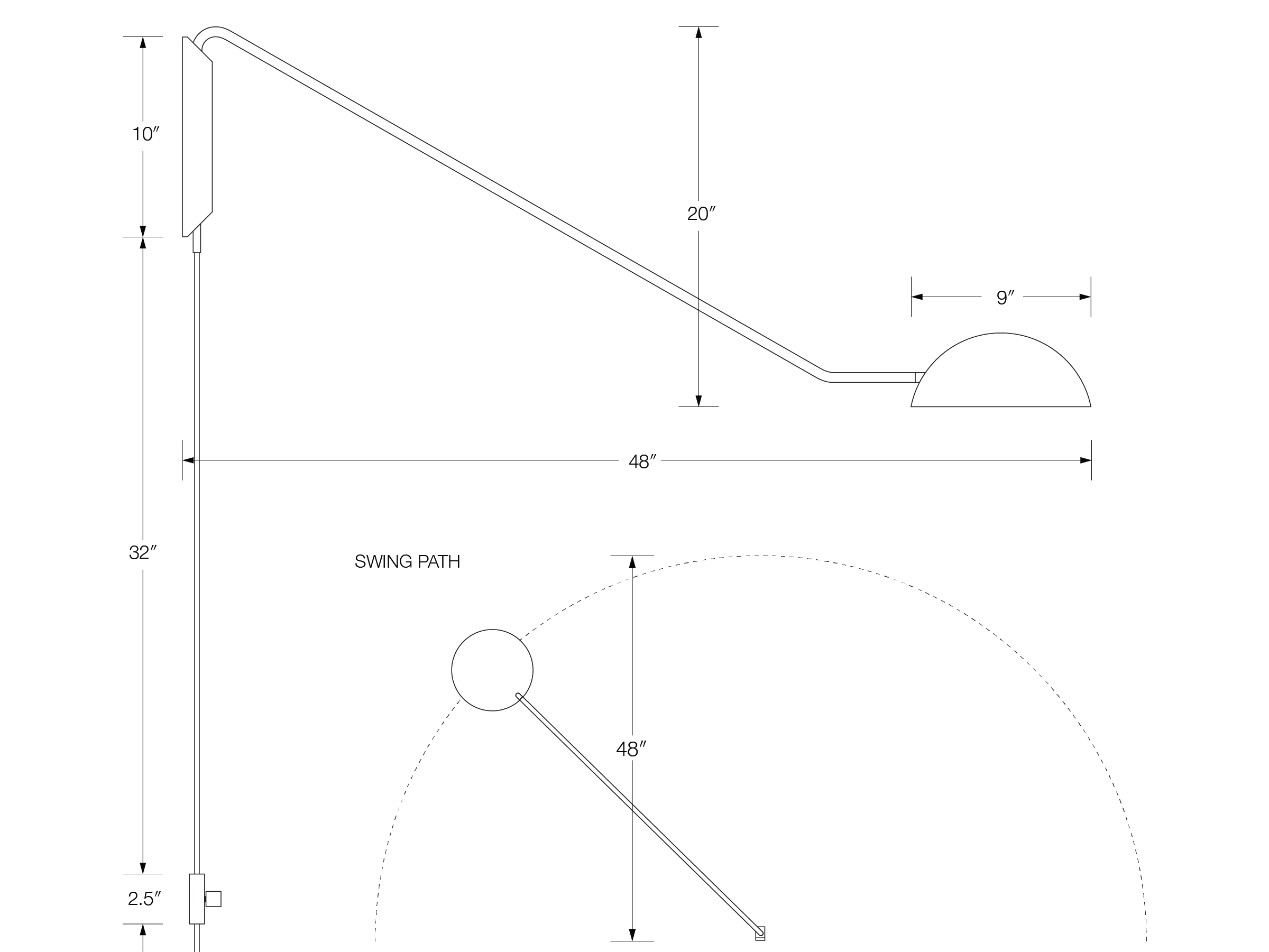Art & Theft
Appropriate Appropriations
Published: 1/3/2023
By: Andrew Neyer
One of my favorite things I've stolen is a useful definition of art:
"Art is a human activity. It is the creation of something new, something that might not work, something that causes a viewer to be influenced.”
Art uses context and culture to send a message. Instead of only a contribution of beauty or craft, art adds intent. The artist works to create something generous, something that will change us. Art isn't painting or canvas, or prettiness. Art is work that matters. It's entirely possible that you're an artist. Everyone can be, if we choose.
–Seth Godin
Extracted from seths.blog
I've also stolen countless templates, color palettes, and other techniques from artists, teachers, books, and music I love (see Fig. 2–4 in Context column). Mining from your love is the best way to shape your taste, but the best things in life to steal are concepts. We can execute this kind of theft without undermining the source simply by providing credit where it's due. Understandably, people feel uncomfortable with stealing and often swap it for words like "borrow." But if you "borrow" a concept, you are, by definition, supposed to give it back. So, if your neighborhood reduces and eradicates poverty in town by trying a different approach, the city should steal your solution.
We should also be quick to steal opportunities that are within our reach. We do not need permission to do personal work or make our work personal. It is helpful to periodically inventory where you are spending personal time. It will quickly reveal your priorities. After you have the data, you can make the call if you'd rather spend that time with screens or painting again. And then, as you squirt those dusty paints out, ask yourself,
"Why am I painting this painting?"
"Do I love painting?"
"Am I making art, or is it Art?"
"Why do these questions keep getting uncomfortably deep?"
Sorry if that got weird, but there is a difference between art and Art.
Art vs. art
art = the conscious use of skill and creative imagination, especially in the production of aesthetic objects.
– Merriam-Webster
Art = anything creative, passionate, and personal. It must be all three.
(I also stole this checklist from Seth Godin ッ)
Art > art.
Both definitions hinge on creativity, but a painting can be easily made just for painting's sake, especially when we attach a financial obligation to the art we create. But Godin is keen to point out that the most crucial ingredient is how much of ourselves we add. If we want our work and lives to be Art, we must devote ourselves to our passions and combine the uniqueness we bring to everything.
I like cheat codes. One of my favorites: if you want to turn art into Art, make it the first word in a sentence. Boom. By forcing it to be the main subject, it becomes Art because you say it is Art. (You still need to back it up with Godin's checklist.) Some people, mainly artists, do not like this idea because it means there isn't a skill moat to cross over to making Art. But that is why I love it. Remember, Art is a human activity. Human activity is not reserved for professionals or only the university educated. Democratizing Art is powerful. Now, pouring concrete and pediatric dentistry can be Art. We do not have a talent shortage; we have millions of creative and passionate people who need to be made aware they are, in fact, Artists.
The Art Burglar
Everyone has seen countless designers' work stolen against their wishes. It's a total bummer to see your Art stolen or mistreated. You are left feeling wildly hurt and confused.
"You cheated on me?
When I specifically asked you not to?!"
– Michael Scott, The Office
In some cases, companies blatantly steal your Art and deny any responsibility—like Robert Turdjavec and those lame Tipsy Elves copping Color Me on Shart Tank, or the knock-off Watch Clock my mom bought! And if those kicks to the crotch weren't bad enough, an enormous audience gets to see and buy worse versions of your Art. Sometimes the Art Burglars just Grinch the whole thing and steal every single detail: the design, the copy you wrote (verbatim), your technical spec drawings (which they add their company watermark over. You know, so someone doesn't steal the .png they stole...), and even your actual product photos (some with you in the photo!). The icing on the turd-flavored cake is that they sell the knock-off for nearly double the price of an officially licensed version. And so it goes.
Other times, it may be more subtle, but if you know the source of something you're pitching, credit it. Emailing for permission takes ~3 minutes, but stealing and trying to produce someone else's Art just seems like more work. This approach has always baffled me. Why are companies and (bad) art directors hell-bent on paying less experienced designers to "borrow" the work of another designer who could do the job better and more efficiently? They'll often hide behind the excuse of not having the budget. But then end up spending more on a diluted solution. Jokes on them. When you hire the actual artist, you put on the mood board; you can decrease your expenses by not paying extra people to try and figure out how to copy something you can buy directly! Oh, the penalty cost of redundancy. Finish hiking to the actual source. It has far better views, and the expenses show up as a commitment to sustainably supporting the sources you mine. We don't need more Tragedy of The Commons.
You get what you pay for at the end of the day. If you want amazing, problem-solving Art, then budget for the true costs. Some projects will be more expensive to pay the actual artist, but that isn't a budget problem. The problem is that you planned to steal Art instead of planning to pay for it. Art > $. Why not shift the priority to making projects more Artful vs. increasing revenue at all costs? (Remember, revenue ≠ profit—a profit results from adding value and omitting waste. So, get your head in the future. Removing j𝘶n𝘬 gets you there faster than just adding "revenue," Robert.) The easiest fix to this sourcing problem is to make the original artists' contact info inseparable from the "mood board" images. Crediting artists will front-load a whopping 2-5 minutes of research for each "inspiration image" yoinked from the Internet.
Artists should not be subsidizing their work because companies prefer to steal it. Conversely, artists must be more aware of a project's budget. If the budget doesn't match the work the client is asking for, then kindly offer a reduced version that matches it. This redirect keeps you in charge of the value you add to their project without selling your Art on clearance. Profit always chases value. If you add value, you will increase the likelihood that the client will profit from your work (which in turn creates the budget to pay you from ッ). This team-like approach to adding value is best portrayed by The Handcar of Generosity. Do you remember those man-powered pump trolleys with the double-handle lever? You know, the ones you see in cartoons. The concept is that we need each other to move the handcar. Artists need clients, and clients need artists, but someone needs to pump the handcar first. The expectation is that the opposing person reciprocates another pump. Then, another pump and another. The more synchronized they become, the faster they travel. It quickly becomes a beautiful, Artful dance as they soar through the countryside, fueled by their collective generosity. It would go a long way for companies to champion this effort by insisting on providing the first robust pump to show they're committed to the journey. And all you artists out there, return a prompt and incredible pump far better than what you received. The goal is to constantly and generously overdeliver on both sides.
Dear Artists,
Do better work and keep clients you love on the trolley. (It's your pump trolley, after all. So why hang onto a bum that ain't pumping?)
Dear Clients,
Stay fit and profitable so you can afford to pay for the Art you requested.
If You Steal, Be Robin Hood*
I'm obsessed with the concept of sharing wealth. However, don't mistake the Robin Hood concept merely as stealing from the 1%. The "rich people" we should be stealing from are ourselves. If you have an oversupply of knowledge, wisdom, experience, or time, you should be sharing it. Sharing doesn't happen accidentally.
*stolen lyric from the song, Appetite, by Prefab Sprout.
This Article was written and shared at the expense of Andrew Neyer. It was just some of his personal time, really; it's not like he had to pay someone to publish it on his own website or an hourly stenographer to type this whole thing up for him while he reclined in some luxurious leather chaise touting off his "Conceptual Art." I guess, technically, he does have to pay to host this website. You could take the total annual unique pages created on the site and divide that against the total website cost per year. But is that the correct way to calculate it for the following year since it is still published? That doesn't seem right. You could treat it as depreciating inventory that you deduct. But instead, think of all the things you could have done with your personal time instead of continuing to read this footnote. Seriously, the Article is over; why are you still here?
Context
Fig. 1
Love For Sale, 2014 / Love On Sale, 2023
Double-sided serigraph
Art > art
Fig. 2
Things I’ve Stolen
Below is a compilation of the media and concepts stolen in this Article and site. If you know of something else referenced but not credited, please give me a call:
*All the images below have been intentionally stolen from the Internet vs. taking my own photos. These were not used with permission, and please call me if you are the owner and think this concept is lame and prefer I remove your image(s)—just another little reminder to only steal things you love. Take on the consequences, good or bad, for your theft. The best places to pull from are resources that want you to take advantage of the materials and media they offer (libraries, education, etc.) vs. taking advantage of someone or something that needs the resources you’ve stolen or depleted.
Fig. 3
The IRL log is a rip from IBM, and the following copy was lifted from their website:
Created by legendary designer Paul Rand, the basic design of the IBM logo has remained unchanged since 1972. Its consistent, visible use reinforces the IBM brand, makes it more memorable and authenticates the things to which it’s applied. It’s an essential component of the IBM look—used to lend authority and engender trust wherever it appears. It’s our responsibility to protect it.
Note: The black stripes have been drawn thicker than the white stripes. The black and white should appear to be similar optically.
“You cannot spend revenue. Revenue ≠ profit.”
My Dad has shown me how to run a business and never compromise my ideals. A business must be profitable; otherwise, you’re just spending money. Ain’t nothing impressive to me about a company spending $12.5M. Now, as an Artist, you invoice $60K/yr and bring home $55K in profit; that’s a profitable business!
The percentage of profitability is the deciding factor for successful business.
Revenue ≠ profit
∴ Don’t waste profit.
(Profit is what is leftover after your expenses.)
Fig. 4
Fig. 5
In 2019, I stole the concept of the Context column from Boot Boyz Biz’s product pages for the IRL articles we publish.
“Boot Boyz Biz is a research and production worker cooperative. Promoting access to ideas and activating ecologies of knowledge is essential to our projects.
We aim to assemble an expanding archive of citations, organizing a wide range of **material we live by**
We use intertextual strategies and disinterment to produce translated–synthesized works that strive to open unique pathways.”
Fig. 6
Linchpin: Are You Indispensable? by Seth Godin
This book is one of my most recommended books for team members. Seth’s writing is very digestible, and he has a keen eye for seeing the essence.
Here is a great overview
Steve McQueen, 1985
“So if you take /
Then put back good.
If you steal /
be Robin Hood.”
Fig. 7
Paddy McAloon’s lyrics are so deliciously poetic. I want to steal them all and compile them into a folio of books of poems for each Prefab Sprout album.
The Knock-Offs
Fig. 7
– Unauthorized Color Me installation seen on Shart Tank featuring Robert Turdjavec
– Knock-off Watch Clock™
– Knock-off Astro Mobile Collection
– Knock-off Swing Dome Light
Fig. 10
*animated .gif stolen from tenor.com
Real Stuff
Fig. 11
– Color Me, Columbus, In, 2013
– Watch Clock™, 2010
– Swing Dome Light, 2012
Stuff I Want U To Steal
Fig. 8
1:3 Compounding Love
*This illustration was made by stealing a screen recording on my phone and then sending the .mov to a .gif converter. Next, I nabbed an iPhone stock photo, Photoshop’d it behind the .gif, and added the faux screen reflection over the top to make it feel snazzy.
Fig. 9
Open Source companies commit time and funds to share their discoveries, whether it’s their fabrication contacts, material suppliers, processes, or any other businessy stuff. We want to build more bridges, not bigger moats.
Thoughts
– What have you stolen?
– Have you ever bought a knock-off?
– Do you have a surplus of anything worth sharing?






